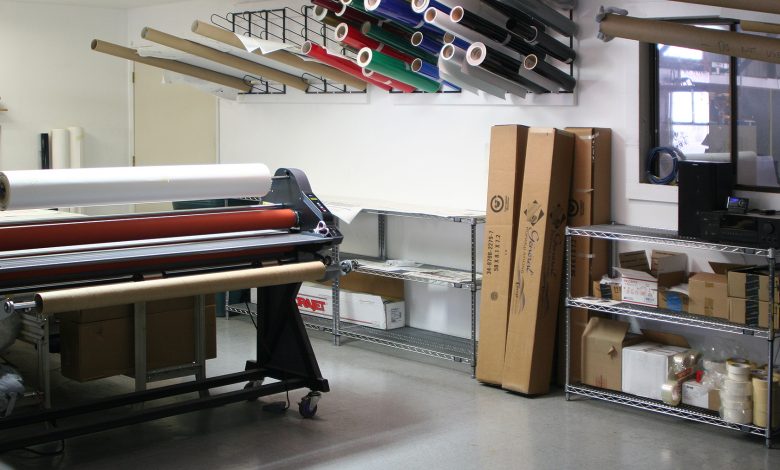While it might not be the flashiest machine a shop might have on its production floor, a laminator is an essential piece of finishing equipment for a range of graphics businesses. Even with the advances in technologies like digital printing and sublimation, having a laminator means producers can pair high-quality prints with an extra level of protection. By avoiding some common workflow bottlenecks and choosing a laminator that fits their business’s needs, shops can use this machine to grow their business with existing clients or attract new clientele.
Shops looking to purchase a laminator should consider one chief argument for buying the machine: enhanced quality. “(A laminator) protects the image from wear and tear, abrasion, abuse, chemical, and environmental contamination, and UV degradation, extending the life of the print and making it more valuable,” explains Mitch Noble, Graphic Finishing Partners. He adds that film lamination can change the surface of a printed item with textures like matte or luster finishes, which can add depth and hide fingerprints.
In addition to quality and image enhancement, lamination often provides more stable handling for applications like vehicle wraps, a sturdier option for trade show graphics, and an anti-graffiti solution. Film lamination can be combined with floor graphics to reduce slippage and improve the overall lifespan of the graphic. Carl Hoffman, Royal Sovereign, also suggests that a laminator “can be used for print mounting, adding adhesive to the back of a print, and pre-masking of vinyl.”
Compared to some other shop equipment, a laminator is an affordable investment that pays dividends.
“The markup on mounting services is quite high, (and) with a relatively small investment for a tabletop laminator, a shop can get up and running quickly,” explains Lee Coda, Coda Inc., adding that owners and employees can typically train on the machine in a short period.




